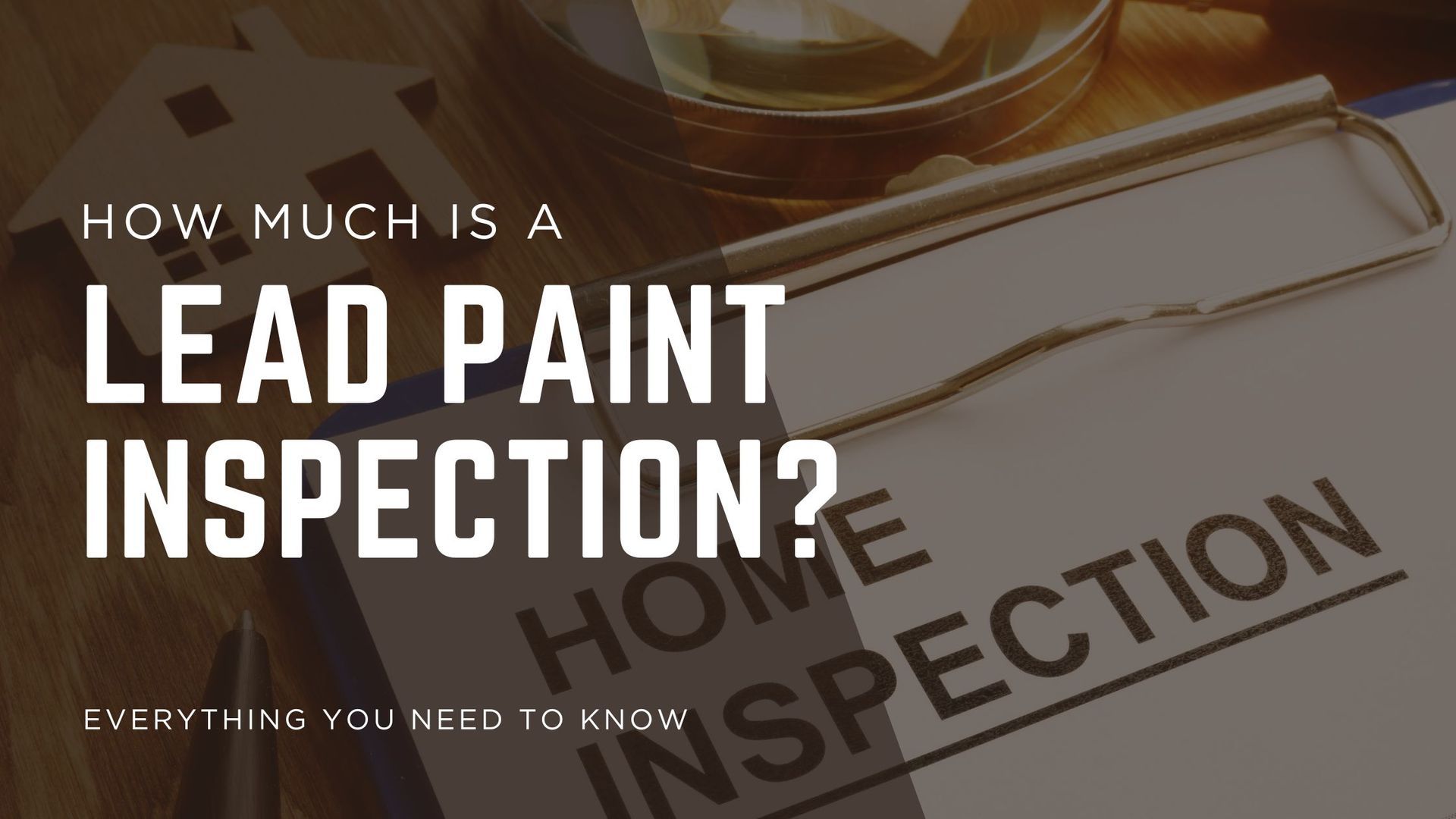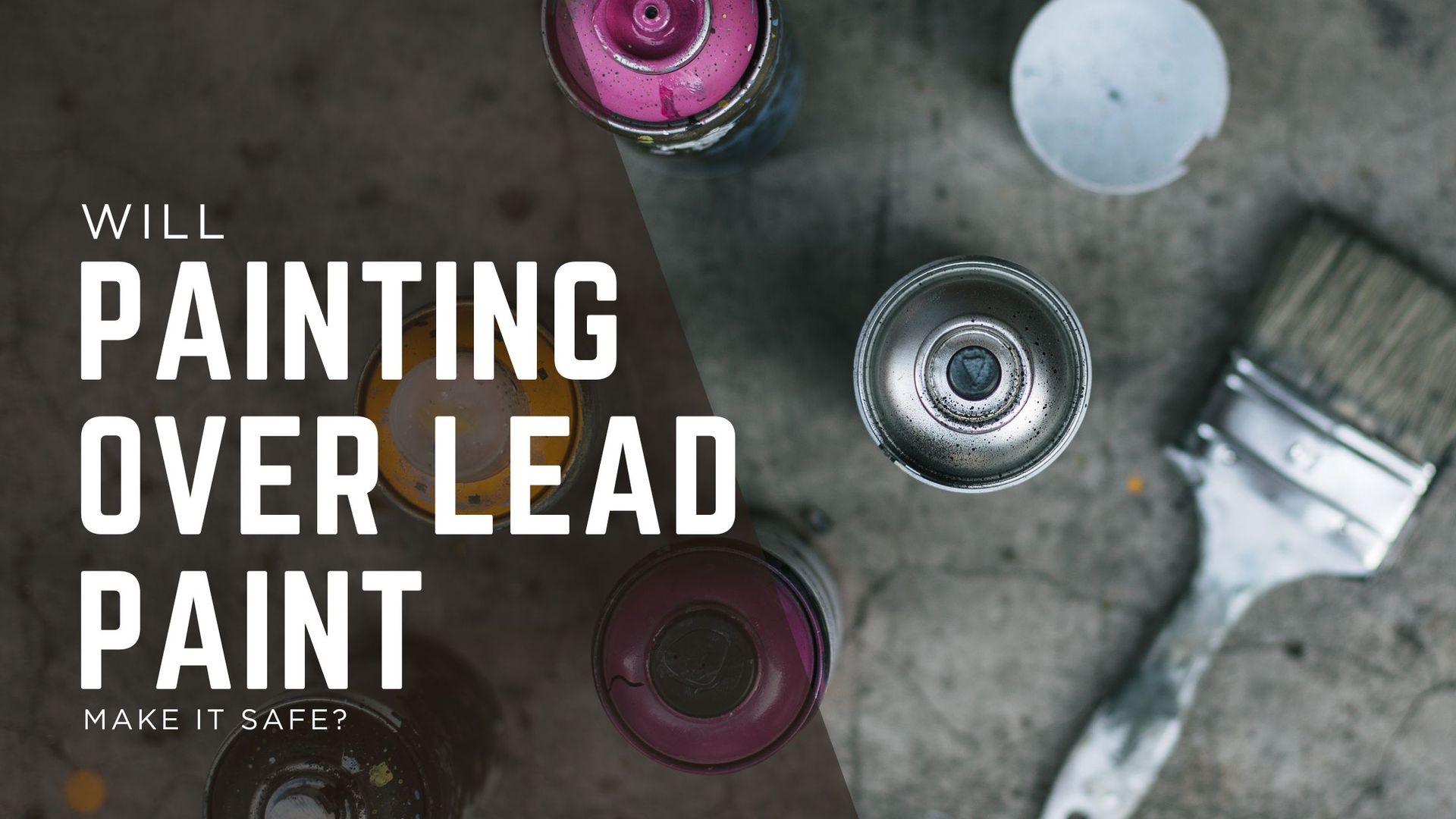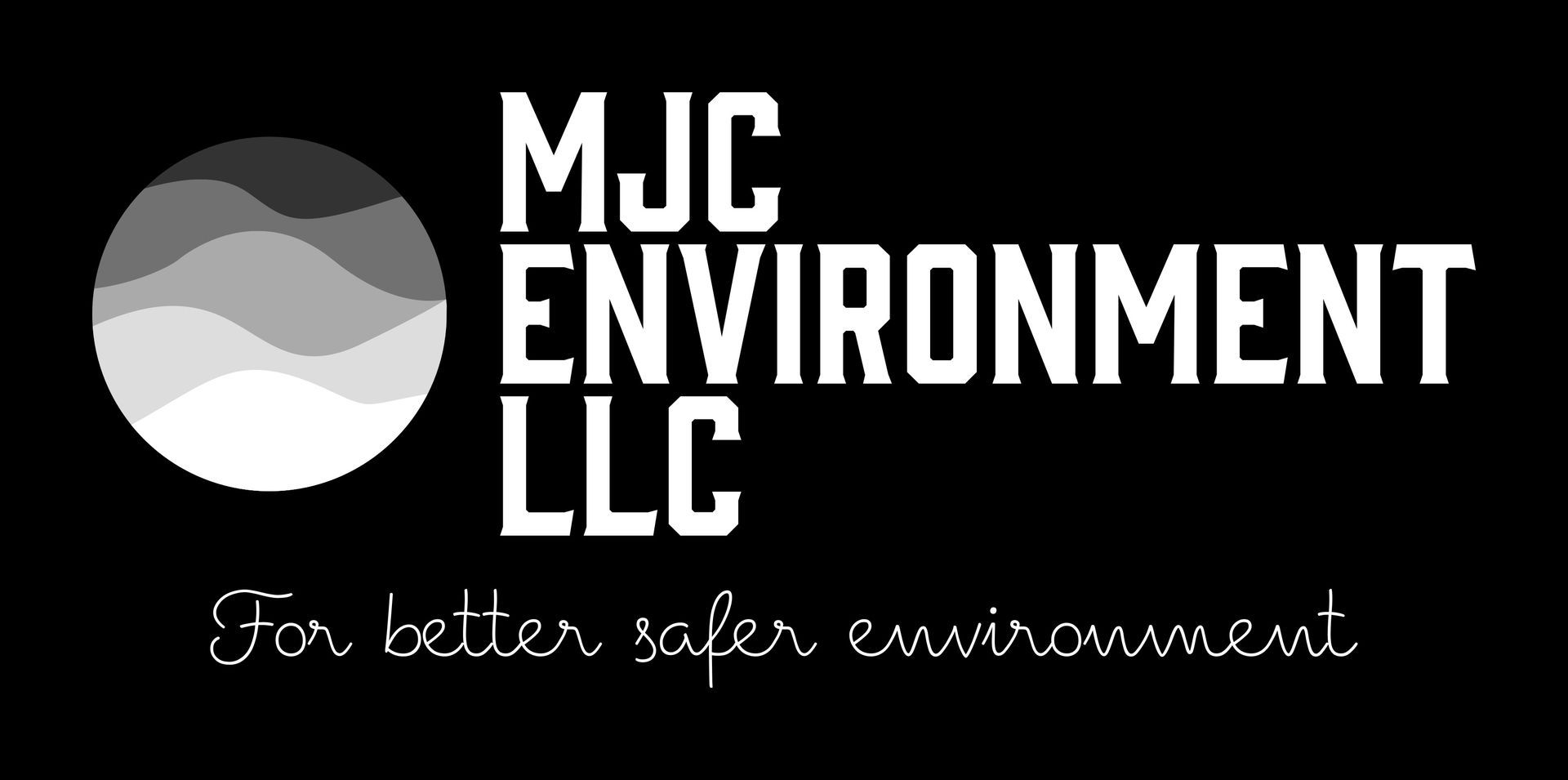Can You Paint Over Lead-Based Paint? The Safe Guide to Encapsulation
For homeowners and property managers of older buildings, the presence of lead-based paint is a common concern. Built before 1978, these charming properties often contain this toxic hazard, leading to one of the most frequently asked questions in environmental safety: Can you paint over lead-based paint?
The short answer is yes, but only if you follow a specialized process called encapsulation. Simply applying a coat of regular house paint will not eliminate the hazard and can create a false sense of security. At MJC Environment LLC, we believe that education and safety are paramount when dealing with lead hazards. Here is your informative guide to safely addressing lead paint through encapsulation.
What is Encapsulation and Why is Regular Paint Not Enough?
Encapsulation is an EPA-approved method of lead hazard control that involves applying a specialized, thick, and durable coating—known as a lead encapsulant—over the existing lead-based paint. This creates a protective, non-permeable barrier that seals the lead paint to the surface, preventing lead dust and chips from becoming airborne or accessible.
Regular, off-the-shelf house paint is designed for aesthetics, not for lead abatement. It is too thin, lacks the necessary binding agents, and will eventually chip, crack, or peel, exposing the toxic lead-based paint underneath. This release of lead dust is the primary source of lead poisoning, especially in young children. Encapsulation is the only painting-related technique that provides a reliable, long-term seal.
Key Considerations: When Can You Encapsulate?
While encapsulation is a cost-effective and low-disruption method, it is not suitable for all surfaces. Before considering this option, you must inspect the condition of the existing paint.
Encapsulation is a Viable Solution Only If:
- The Lead Paint is Stable and Intact: The paint must be in good condition, meaning there is absolutely no peeling, chipping, flaking, or significant cracking. Encapsulant paint must bond firmly to a sound surface.
- The Surface is Low-Friction: Encapsulation is not recommended for high-wear areas that experience friction or impact, such as:
- Window sills, sashes, and door frames
- Floors and stair treads
- Surfaces that rub together (like drawers or certain moldings)
If the paint is already peeling or on a high-friction surface, the encapsulant will eventually fail, and lead dust will be released. In these scenarios, complete removal or replacement of the component may be necessary.
Also Read: How to Paint Over Lead Paint Safely?
Safely Painting Over Lead Paint: The Steps for Encapsulation
If your lead paint is stable, here is the basic process that must be followed. Crucially, this is a specialized process best left to certified professionals. Disturbing lead paint improperly can create a far greater health hazard.
- Lead Testing: Always confirm the presence and location of lead-based paint with a certified inspection (like those offered by us) before beginning any work.
- Surface Preparation (The Golden Rule: NO SANDING): The area must be meticulously cleaned to ensure the encapsulant adheres properly.
- Do NOT Dry-Sand or Scrape. This is the number one way to release toxic lead dust into the air.
- Clean the surface with a HEPA-filtered vacuum and a wet cleaning agent. The goal is a clean, dry, and stable surface.
- Use a Certified Lead Encapsulant: Apply a product specifically labeled and approved for lead encapsulation. These specialized coatings are thicker and more resilient than standard paint.
- Application and Cure: Apply the product strictly according to the manufacturer's instructions, ensuring the required thickness and number of coats are achieved to form a durable, uniform seal.
Lead Hazard Control: Next Steps and Expert Guidance
Encapsulation offers a safer, more economical alternative to full lead paint removal, but it is a solution that requires ongoing monitoring and professional guidance. It is not a set-it-and-forget-it fix. The coating must be periodically inspected for any signs of damage that could compromise the seal.
If you own an older home, the first step is always knowing exactly what you are dealing with. Don't risk the health of your family with guesswork or a DIY paint job using the wrong materials.
Are you wondering if your property is a good candidate for lead paint encapsulation or How much will it cost?
Contact the certified experts at MJC Environment LLC today for a professional Lead Paint Inspection and comprehensive hazard assessment. We provide the expertise and peace of mind you need to ensure a safe environment for your loved ones.
📞 Call us for a free consultation!




